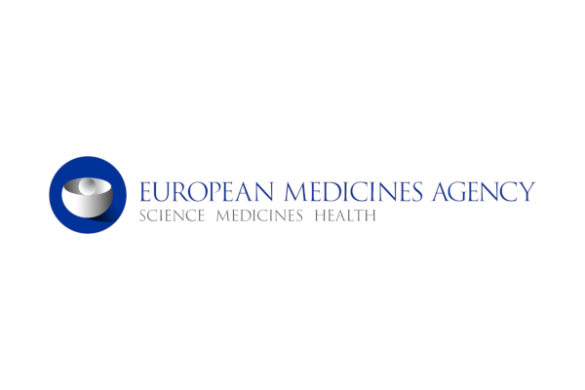by Dr Katina Alexovska
On 9th and 10th October a course on guidelines for rare diseases took place in Rome, Italy. It was organised by the RARE-Bestpractices, a platform for sharing best practices for the management of rare diseases.
The RARE-Bestpractices was a four-year project (January 2013-December 2016), funded by the European Commission with a goal to improve the management of patients with rare diseases. Its main aims were:
– To promote communication on the management of rare diseases by disseminating trustworthy guidelines globally.
– To identify and prioritize rare diseases research needs.
– To facilitate timely, effective and efficient translation of research results into patient-oriented strategy on the clinical as well as the public health level, in support to IRDiRC activities.
Even though, it is officially finished, the project leaders acknowledge the need of additional dissemination of knowledge in this field. The reason for the recent course in Rome was to promote guideline production and quality standards in rare diseases. The course participants were health professionals, as well as representatives from patient organisations, that are involved in the development of clinical practice guidelines for rare diseases.
The course was divided in three parts, introduction of the European Reference Networks (ERNs), a didactic and a practical part, concentrated on the GRADE and AGREE tools that are used in guideline development and appraisal.
The 24 ERNs concentrate on different disease topics with a common goal of sharing knowledge and providing high quality care for patients with rare diseases. The ERNs highlight the need of increasing the quality of the clinical practice guidelines for rare diseases. To accomplish this, a common methodology for the definition of guidelines needs to be development.
Guidelines are tools for practitioners to make informed decisions. The process of guideline development should therefore be explicit and transparent in order to minimize bias and possible conflicts of interest. For this purpose, the strict adherence to the GRADE approach is encouraged. The evidence from high quality randomized controlled trials (RCTs) is scarce in rare diseases and it was recommended using the observational studies, but also other types of evidence, such as case-series and registry data. The GRADE approach additionally requires discussion among the guideline developers that leads to the final recommendations. These recommendations should be driven by the importance of the desired outcomes and balanced by the benefits and harms of treatment. To ensure the adherence to the GRADE approach and assure the required high-quality standards, the AGREE reporting checklist can be used as a complementary tool, together with the GRADE or a similar guideline. This checklist is intended to improve the completeness and the transparency of the guidelines.
Apart from guideline production, the participants learned about the AGREE II as a guideline appraisal tool. There is an estimate that 50% of the current evidence-based guidelines suffer from methodological flaws and have questionable content. The AGREE II tool was developed to increase the quality of the guidelines by providing a standardised and structured appraisal method. It is divided in 6 different domains that are evaluated separately. Each guideline should be reviewed by 4 persons and a conclusion should be made based on each response.
Within the practical part, the participants were divided in small groups and made an appraisal of one guideline. The results were compared to see and understand the whole process of assessment and to improve the skills. It was shown that practical experience is essential.
The key message delivered was that the different healthcare organisations must collaborate, to avoid duplication and to increase the quality of their work.
Dr Katina Alexovska works for the EAN Guideline production group.







